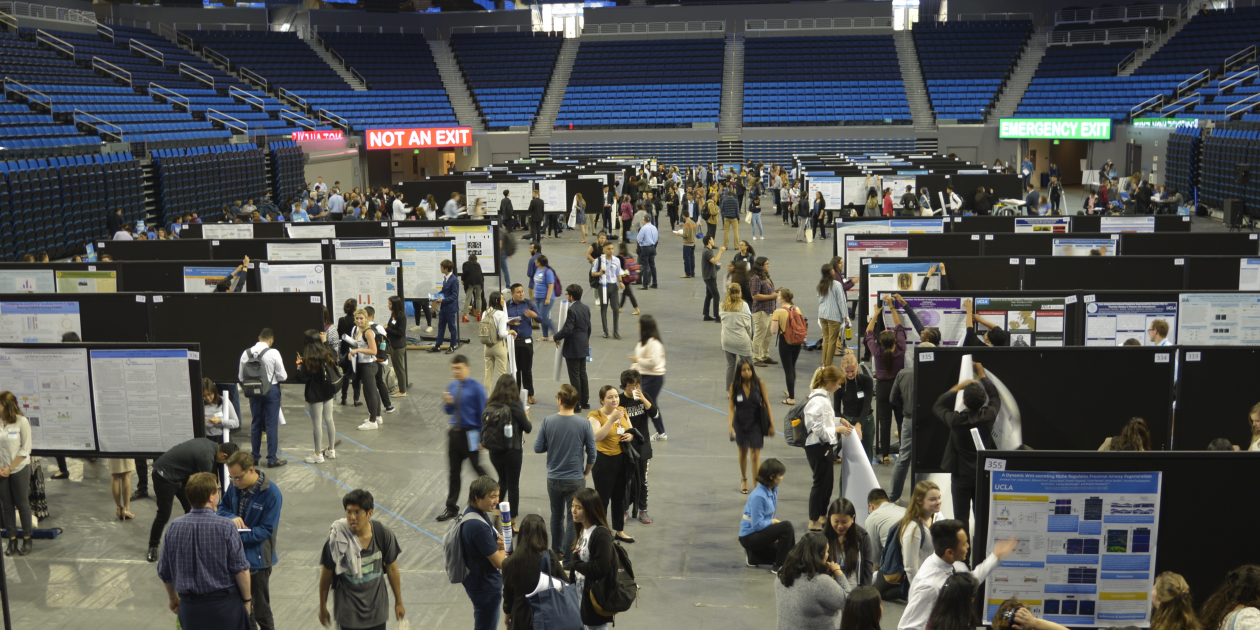Presenting your research is a culmination of the process of scientific discovery. Being able to clearly communicate your research to both general and scientific audiences is a key skill to develop. Below are some links to materials about poster presentations and oral presentations.
Check out this Quick Guide for links on creating accessible presentations (scroll down on page for PPT guidelines)
How to Design a Poster Presentation
How to Create a Poster using PowerPoint
Poster Format Example (courtesy of MARC student, Jessica Jimenez)
Gallery of posters to use for ideas for your own poster
UCLA WRITING CENTER
Vistit the UCLA Writing Center to make an appointment to review your Cover letters, CVs, or papers.
MAKE YOUR DOCUMENTS ACCESSIBLE
You can use this guide from the UCLA Disabilities and Computing Program to make your PDFs and documents accessible for people that use screen readers.
COVER LETTERS AND CVs
THE ABSTRACT
THE RESEARCH PAPER
A Paper Planner to break down your writing timeline prepared by UCLA’s Undergraduate Science Journal
A guide to science writing prepared by UCLA’s Undergraduate Science Journal
Introductions and conclusions for scientific papers by the George Mason University Writing Center
The Science of Scientific Writing by American Scientist
Scientific Writing Booklet compiled by Marc Tischler, Ph.D. University of Arizona
ORCID provides a digital identifier to help track all published work and help distinguish yourself from other researchers
WI+RE Reading Strategies compile tutorials to help students learn to analyze research papers and academic articles.
Use Vischeck to make sure your figures (charts, graphs, etc.) are visible to people with colorblindness
Visit this page for information on how to add alternative text to images. Alternative text provides a textual alternative to images that can be read by screen readers, allowing it to be accessible to those with visual or cognitive disabilities.
If you are sharing your research via website, take a look at this page to create an accessible website.
Read Ten Simple Rules for Better Figures from PLOS Computational Biology
Use Vischeck to make sure your figures (charts, graphs, etc.) are visible to people with colorblindness.
Visit this page for information on how to add alternative text to images. Alternative text provides a textual alternative to images that can be read by screen readers, allowing it to be accessible to those with visual or cognitive disabilities.


